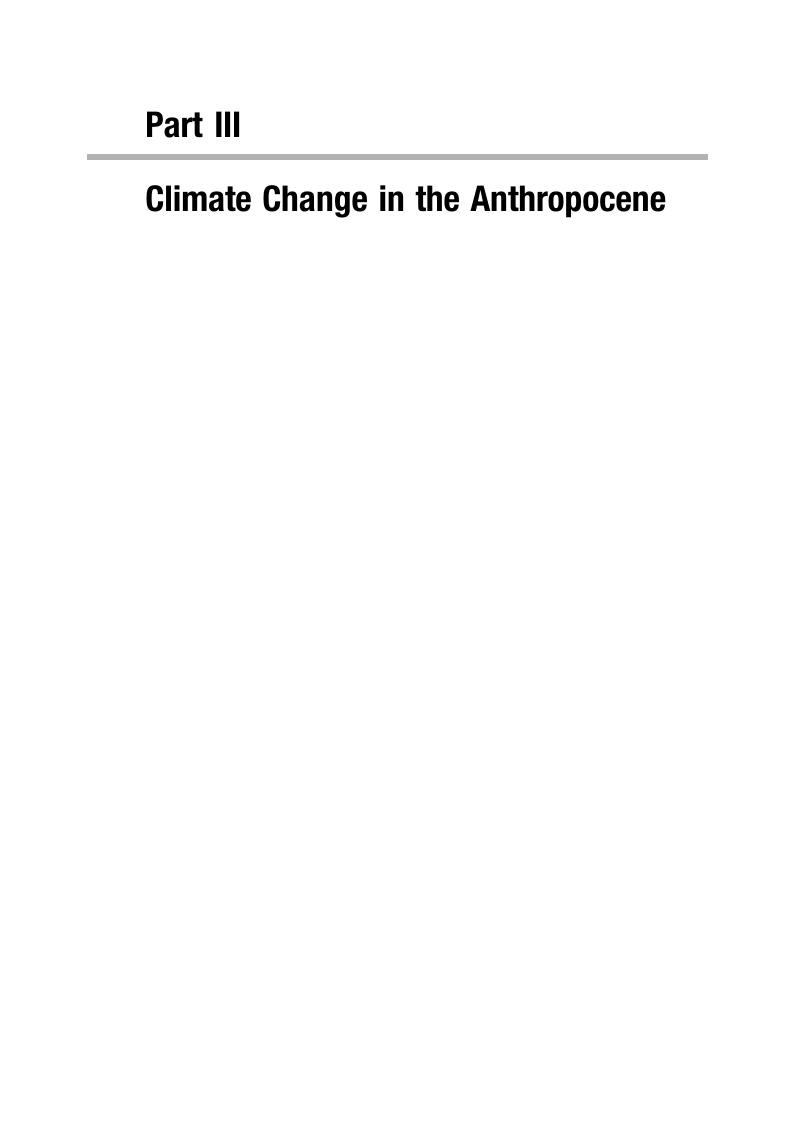Book contents
- Primate Research and Conservation in the Anthropocene
- Cambridge Studies in Biological and Evolutionary Anthropology
- Primate Research and Conservation in the Anthropocene
- Copyright page
- Dedication
- Contents
- Contributors
- Foreword
- 1 Changing Priorities for Primate Conservation and Research in the Anthropocene
- Part I The Human–Non-human Primate Interface
- Part II Habitat Alteration in the Anthropocene
- Part III Climate Change in the Anthropocene
- Index
- References
Part III - Climate Change in the Anthropocene
Published online by Cambridge University Press: 25 January 2019
- Primate Research and Conservation in the Anthropocene
- Cambridge Studies in Biological and Evolutionary Anthropology
- Primate Research and Conservation in the Anthropocene
- Copyright page
- Dedication
- Contents
- Contributors
- Foreword
- 1 Changing Priorities for Primate Conservation and Research in the Anthropocene
- Part I The Human–Non-human Primate Interface
- Part II Habitat Alteration in the Anthropocene
- Part III Climate Change in the Anthropocene
- Index
- References
Summary

- Type
- Chapter
- Information
- Primate Research and Conservation in the Anthropocene , pp. 197 - 284Publisher: Cambridge University PressPrint publication year: 2019

